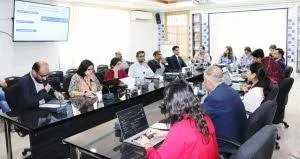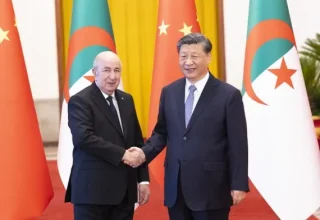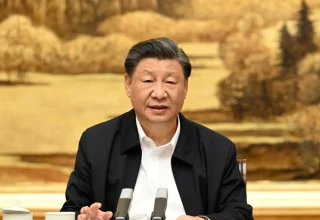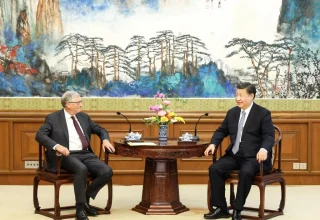
Experts on Wednesday proposed the creation of a regulatory sandbox to reform Pakistan’s power sector subsidy regime through solar integration in residential energy solutions, coupled with rationalized tariff structures and social protection mechanisms. They said the approach could pave the way for a more sustainable, equitable, and efficient power sector in the country.
The Sustainable Development Policy Institute (SDPI) launched its study titled “Redefining Power Sector Economics: A Regulatory Sandbox for Residential Solar and Industrial Grid Integration” at a policy dialogue held in Islamabad.
The initiative aims to reshape Pakistan’s power sector by introducing a practical framework for integrating rooftop solar energy while rationalizing subsidies to ensure both social protection and industrial competitiveness.
Moderating the session, Zainab Babar, Research Associate at SDPI, said that Pakistan’s power sector is under significant fiscal and operational strain. She explained that the current Tariff Differential Subsidy (TDS) mechanism, originally designed to assist low-income households, has become a fiscal burden, misallocating resources. Nearly 60% of domestic consumers fall under the ‘protected’ category, many of whom are not the most vulnerable, while industries are shifting to costly self-generation. “The challenge is how to restructure the system to ensure affordable energy for vulnerable consumers while encouraging industrial grid participation,” she said.
According to the study, Pakistan has provided energy subsidies totaling Rs 4.3 trillion since FY2011, peaking at Rs 726 billion in FY2021–22 and Rs 724 billion in FY2022–23, with Rs 400 billion currently allocated for FY2025–26. SDPI’s model proposes eliminating cross-subsidies and introducing direct support to low-income households through the provision of solar panels.
Dr. Khalid Waleed, Energy Economist at SDPI, stated that the current subsidy and tariff models promote inefficiency and inequity. “Tariff rationalization and solar-based self-generation can reduce fiscal burdens, enhance productivity, and lower consumer bills,” he noted. He added that rooftop solar integration is a one-time productivity investment that can reduce dependence on imported fuels and recurring subsidies. “We are stuck in a vicious cycle of low demand and high capacity charges. Solarization offers a pathway to break that cycle,” he remarked.
Dr. Fareeha Armughan, Head of the Center for Evidence Action Research at SDPI, emphasized that the energy transition should be asset-based rather than cash-transfer driven. “BISP’s National Socio-Economic Registry covers 10 million households and can serve as a robust base for implementing solar-based asset transfers,” she said.
Presenting the outcomes of the scenarios designed under the sandbox, Sarim Zia, Research Assistant at SDPI, noted that a 2KW solar system costs around Rs 75,000, providing up to 10 hours of daily energy coverage. “With solar integration and tariff rationalization, consumers can see lower bills and gain energy autonomy while the government reduces its subsidy burden,” he said, adding that tariff rationalization will also help bring back demand. He further mentioned that complementary initiatives like NEECA’s energy-efficient fan project could improve cost efficiency.
Waqas Moosa, Chairman of the Pakistan Solar Association, emphasized the need to reassess the government’s proposed subsidy model and integrate energy storage systems at the grid level. He added that while the initiative to offer subsidies was commendable, it remained narrowly focused on protected consumers using less than 200 units of electricity, potentially limiting its overall impact. He also pointed out the need to explore options for consumers without rooftop access, which restricts their ability to benefit from solar panels.
From the World Bank, Minahil highlighted that while subsidy alternatives are critical, identifying real beneficiaries remains a major challenge. “The exclusion rate in the current subsidy system is very high. We need to ensure government commitment under social safety nets to accurately target support for solar adoption,” she stressed.
Mustafa Amjad, Program Director at Renewables First, endorsed the idea of linking social protection with clean energy investment. “The key is not to end subsidies but to transform them into asset-based energy solutions that provide long-term resilience and economic benefits,” he said, calling for provincial ownership and community-level implementation.





























